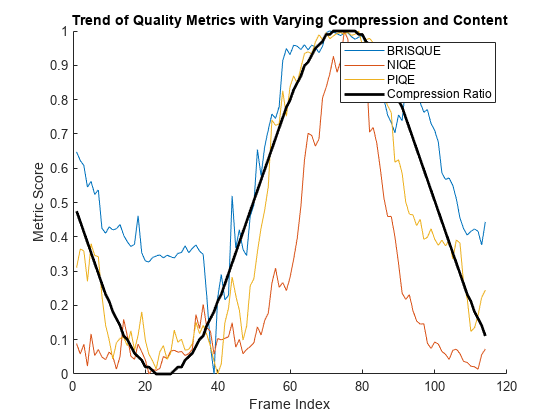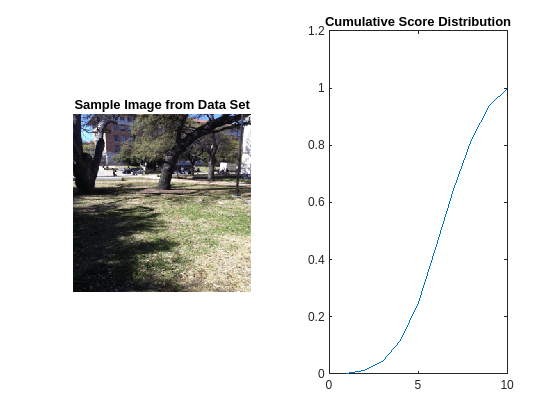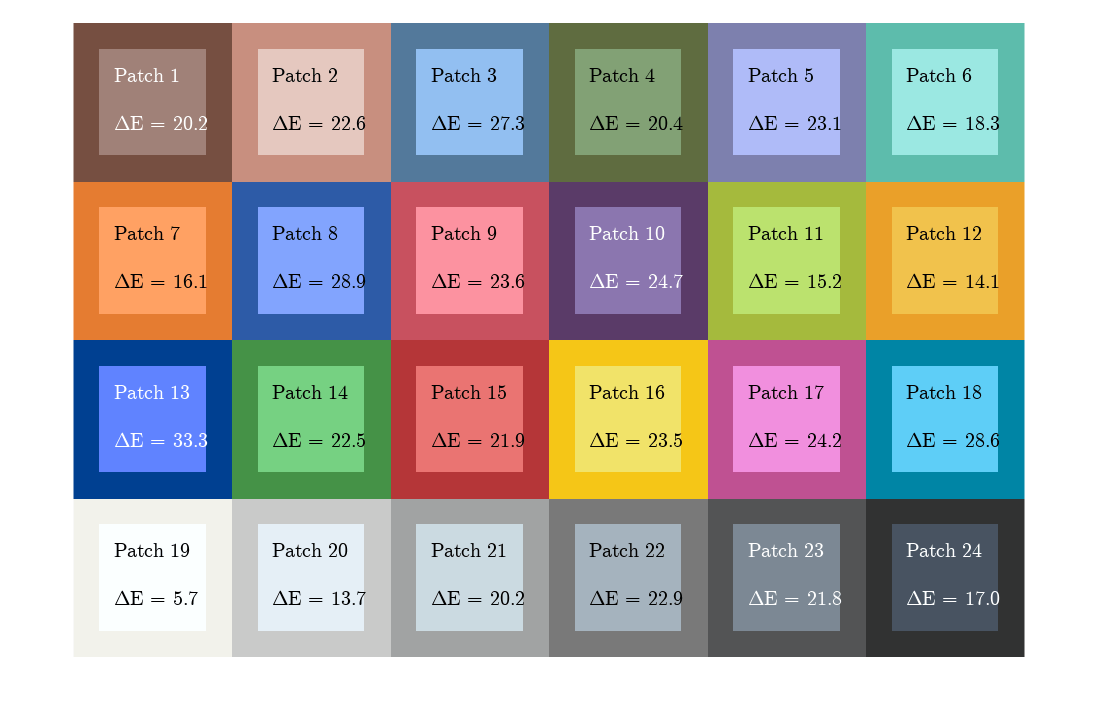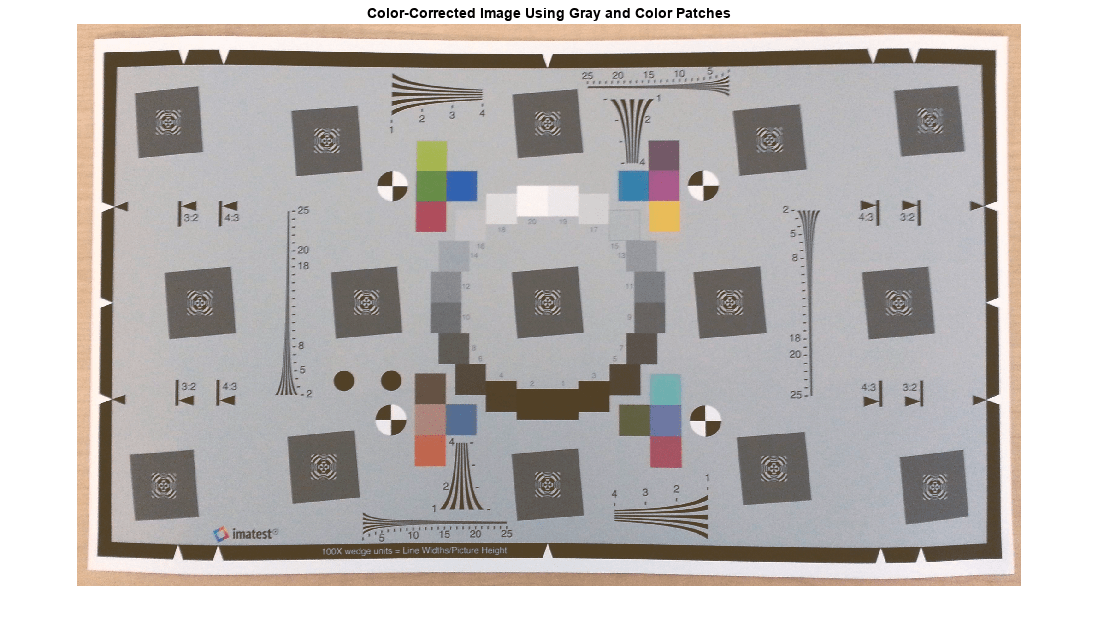Main Content
Image Quality
Peak signal-to-noise ratio, structural similarity index (SSIM);
no-reference image quality metrics; test chart based quality
measurements
Quality metrics provide an objective score of image quality. Full reference algorithms compare the input image against a pristine reference image with no distortion. No-reference algorithms compare statistical features of the input image against a set of features derived from an image database.
Standardized test charts contain visual features, such as slanted edges, gray patches, and color patches. These features enable the measurement of corresponding image quality characteristics, such as sharpness and color accuracy.
Functions
Topics
Quality Metrics
- Image Quality Metrics
Image quality metrics provide an objective measure of image quality. Each metric has a different computational complexity and agreement with the human perception of image quality. - Train and Use No-Reference Quality Assessment Model
Learn how to fit a custom model and how to use the model to compute a no-reference quality score. - Obtain Local Structural Similarity Index
Measure the quality of regions of an image when compared to a reference image. - Compare Image Quality at Various Compression Levels
Compress an image by various compression levels, then compute and plot the structural similarity quality metrics at each level.
Test Chart Quality Measurements
- Anatomy of the Imatest Extended eSFR Chart
An Imatest® eSFR chart has visual features including slanted edges, gray patches, color patches, and registration points, for image quality measurements. - Evaluate Quality Metrics on eSFR Test Chart
Measure sharpness, chromatic aberration, noise, illumination, and color accuracy on an Imatest Extended eSFR chart.




